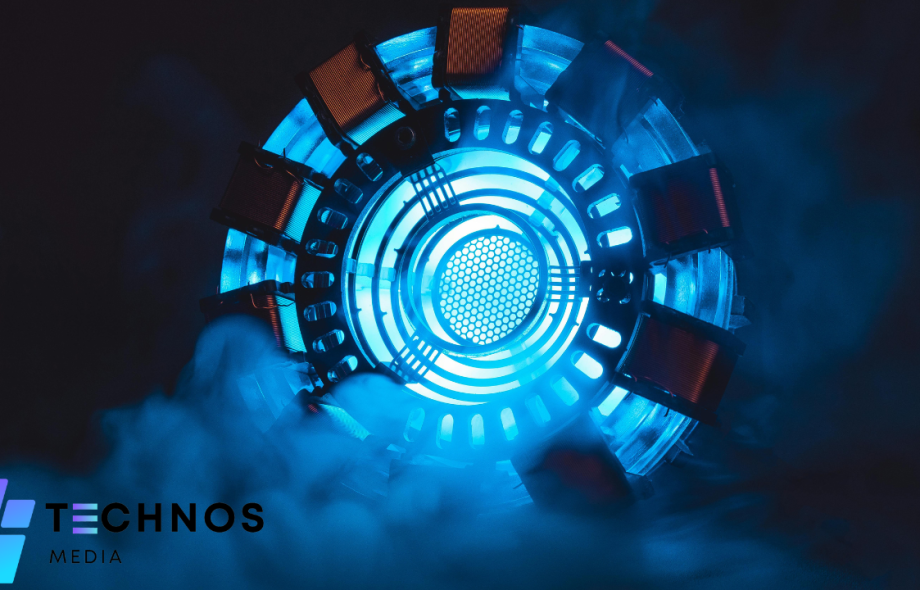Introduction
The evolution of smart devices is reshaping the way we interact with technology. From smartphones to smart homes, these devices rely on core technologies in smart devices to enhance efficiency, automation, and user experience. Technologies such as artificial intelligence (AI), the Internet of Things (IoT), 5G, and edge computing are fundamental in making these devices smarter and more interconnected.
This article explores the essential core technologies powering smart devices and how they are transforming our daily lives.
Essential Core Technologies in Smart Devices
Smart devices integrate multiple advanced technologies to enable seamless automation and connectivity. Key innovations include:
Artificial Intelligence (AI) and Machine Learning (ML)
Internet of Things (IoT) and Wireless Connectivity
5G and Next-Generation Networks
Edge Computing and Real-Time Data Processing
Biometric Security and Smart Sensors
Cloud Computing and Data Analytics
Energy-Efficient Power Management
Augmented Reality (AR) and Virtual Reality (VR)
Each of these technologies is a driving force in advancing smart devices.
AI and Machine Learning: Enhancing Smart Device Intelligence
AI and ML are crucial in making smart devices more adaptive and personalized.
Key AI-Driven Features in Smart Devices
Voice Assistants: AI-powered assistants like Siri and Alexa enhance hands-free interactions.
Predictive Analytics: Devices learn user behavior and optimize performance.
Advanced Image Processing: AI improves facial recognition and object detection.
Why AI is Essential for Smart Devices
AI enables automation, improves security, and enhances user experiences by making devices more intuitive and efficient.
IoT and Connectivity: The Backbone of Smart Devices
The Internet of Things (IoT) connects smart devices, allowing them to communicate and interact seamlessly.
How IoT Enhances Smart Devices
Wireless Communication: Enables devices to connect via Wi-Fi, Bluetooth, and Zigbee.
Real-Time Data Processing: Smart systems collect and analyze data instantly.
Remote Accessibility: Users can control devices from anywhere using mobile applications.
IoT Applications in Everyday Life
Smart Homes: Automated lighting, security, and home appliances.
Healthcare Devices: Wearables that track health metrics and notify users of abnormalities.
Connected Cars: GPS navigation and real-time vehicle diagnostics.
5G: Transforming Smart Device Connectivity
5G technology provides ultra-fast speeds, reduced latency, and enhanced network capacity.
Benefits of 5G for Smart Devices
Faster Data Transmission: Supports high-speed internet and seamless streaming.
Lower Latency: Critical for applications like remote surgeries and gaming.
Greater Device Connectivity: Supports multiple devices without network congestion.
Real-World Applications of 5G
Enhanced Mobile Experiences: Faster downloads and improved video calls.
Autonomous Vehicles: Real-time data exchange for better navigation.
Smart Cities: Advanced connectivity for traffic management and public safety.
Edge Computing: Reducing Latency and Improving Efficiency
Edge computing processes data closer to the device, reducing cloud dependency.
Advantages of Edge Computing in Smart Devices
Faster Response Times: Immediate processing for real-time applications.
Lower Bandwidth Requirements: Reduces internet load by handling data locally.
Enhanced Security: Minimizes exposure of sensitive data.
Edge Computing in Action
Autonomous Drones: Enabling instant navigation decisions.
AI-Powered Security Cameras: Detecting threats in real time.
Industrial IoT: Optimizing factory automation and predictive maintenance.
Biometric Security and Smart Sensors: Elevating Protection and Accuracy
Modern smart devices leverage advanced sensors and biometric authentication for enhanced security.
Common Smart Sensors in Devices
Proximity Sensors: Automating screen dimming and gesture recognition.
Motion Sensors: Enhancing fitness tracking and smart gaming.
Biometric Scanners: Fingerprint and facial recognition for secure authentication.
Importance of Biometric Security
Stronger Protection: Reduces unauthorized access risks.
Seamless Authentication: Eliminates the need for passwords.
Multi-Layered Security: Strengthens device access controls.
Cloud Computing and Big Data: Powering Smart Device Intelligence
Cloud computing supports smart devices by enabling large-scale data processing and storage.
Benefits of Cloud Computing in Smart Devices
Remote Access: Users can control devices from anywhere.
Scalability: Expands processing and storage capacity.
AI-Enhanced Insights: Improves device automation and personalization.
Smart Devices Using Cloud Computing
Smart Home Systems: Cloud-powered automation for better efficiency.
AI Assistants: Enhancing natural language processing capabilities.
Healthcare IoT Devices: Securely transmitting real-time patient data.
Energy Efficiency and Power Management
Smart devices incorporate intelligent power management for better battery life and sustainability.
Smart Power Management Techniques
AI-Based Energy Optimization: Adjusts power consumption dynamically.
Wireless and Fast Charging: Reduces downtime for users.
Low-Power Components: Enhances battery longevity in IoT devices.
Devices Benefiting from Smart Power Management
Smartphones and Tablets: Optimized battery usage for extended operation.
Electric Vehicles: Improved battery efficiency for longer driving range.
Wearables: Maximized battery life for continuous health monitoring.
AR and VR: Enhancing Digital Interactions
Augmented Reality (AR) and Virtual Reality (VR) revolutionize user experiences in smart devices.
How AR & VR Improve Smart Devices
Immersive Gaming & Entertainment: Enhancing virtual environments.
Education & Training: Creating realistic simulations for hands-on learning.
E-Commerce & Retail: Virtual product previews for better shopping experiences.
Future Developments in AR & VR
AI-Powered AR: Interactive and contextual digital experiences.
5G-Enabled VR: High-speed, low-latency immersive content.
Wearable AR Glasses: Expanding augmented reality applications.
Conclusion
The core technologies in smart devices continue to shape the future of digital innovation. AI, IoT, 5G, edge computing, and biometric security are essential in making smart devices more connected, intelligent, and efficient.
As technology evolves, smart devices will further enhance productivity and daily convenience. Understanding these advancements helps businesses and consumers make informed decisions, leading to a smarter and more interconnected world.












